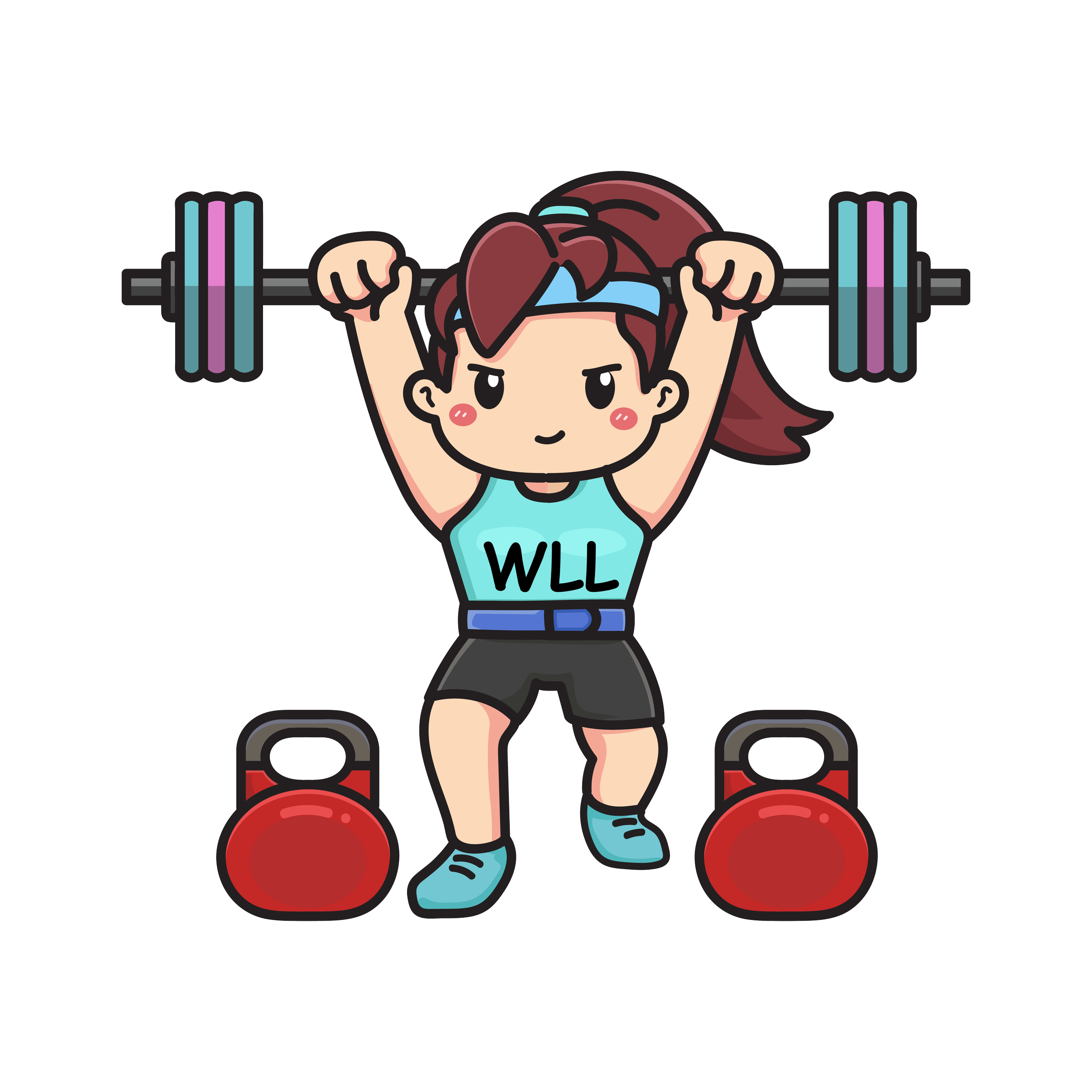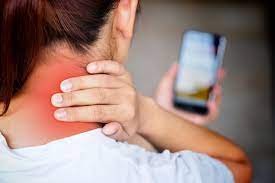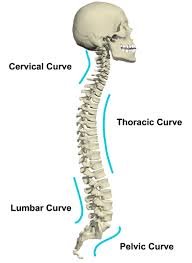Baby Got Humpback
Looking at your profile in the mirror can sometimes be an emotional experience on days when our self confidence isn’t our highest. The longer we look, insecurities can suddenly turn into a laundry list of procedures that “need to be discussed” with our imaginary plastic surgeons. But what if some of these concerns are merely the result of repetitive habits in our day to day life and can be changed with time in the gym instead of Dr.Miami?
A common point of contention that presents in an individual’s side profile is the protrusion of tissue located at the base of the neck and upper back region. Known as the dorsocervical fat pad, this density of tissue itself usually isn’t problematic, but may become disliked as a result of what is underneath and emphasizing its existence. Anatomically, this layer of fat exists for the same reason any fat does: to serve as our body's caloric reservoir and is a key mechanism for energy homeostasis. It is imperative to note: the dorsocervical hump is not inherently indicative of a medical condition. Most often it is pronounced as a result of incorrect posture and can be further emphasized by weight gain.
Beginning at the most proximal point of the spine, the curvature resembles an S-shape. In a healthy spine, the S-shape allows for even weight distribution and flexible movement, almost as if the spine is the joy-stick from an arcade game. While the spine ideally is designed in a very balanced manner, our day to day activities often throw the muscles surrounding our vertebrae out of balance which causes changes to posture. Considering that muscles are very reactive to movement, or the lack-of, the repetition of regular routines encourages muscles to over and underdeveloped, leading to the skeletal portion of our muscular-skeletal system to also change as such. Remaining in a sitting position at a desk for hours a day can lead to rounding of the upper back, with the shoulders coming forward and our neck taking on a downward tilt.
So what can be done? For one, exercises should focus on muscles that lie underneath the pad. Kyphotic posture can be corrected with strengthening the muscles of the cervical and thoracic spine. Exercises such as Superman’s, where you lay on your stomach with hands extended in front of your head, and lifting both your arms and legs, can be held for 3 seconds and can assist with strengthening the aforementioned muscles. Lat Pull downs are also another very effective exercise that can better kyphotic posture as long as they are done by bringing the bar down in front of your face, rather than behind your neck. Using the barbell, can also assist in strengthening all parts of the spine when loaded correctly, meaning, when the bar is placed on the upper back, attention should be given to contracting the scapulas and the chest should be lifted in order to prevent rounding of the shoulders, which would further emphasize the hump.
Written by Ana Dieng




